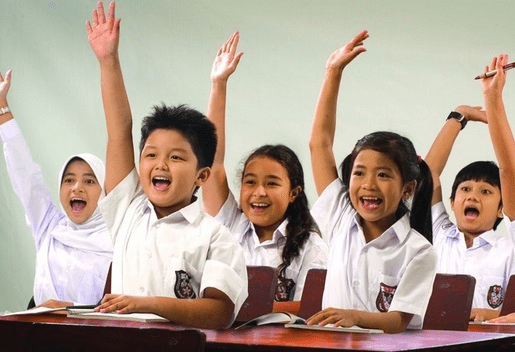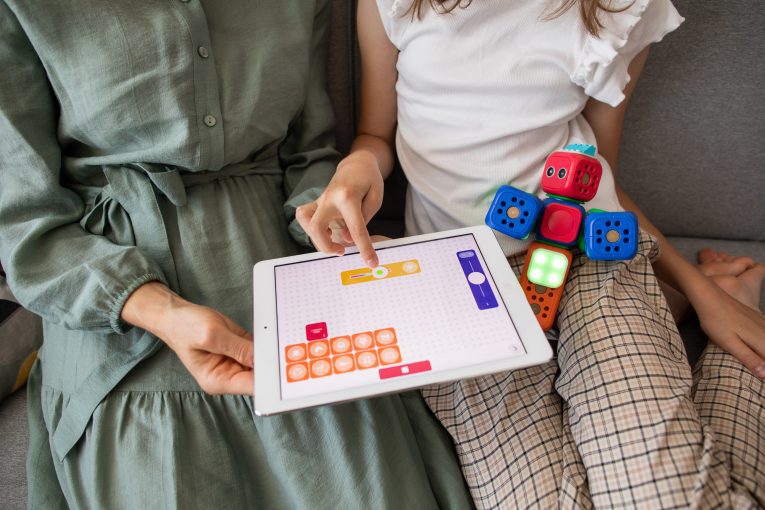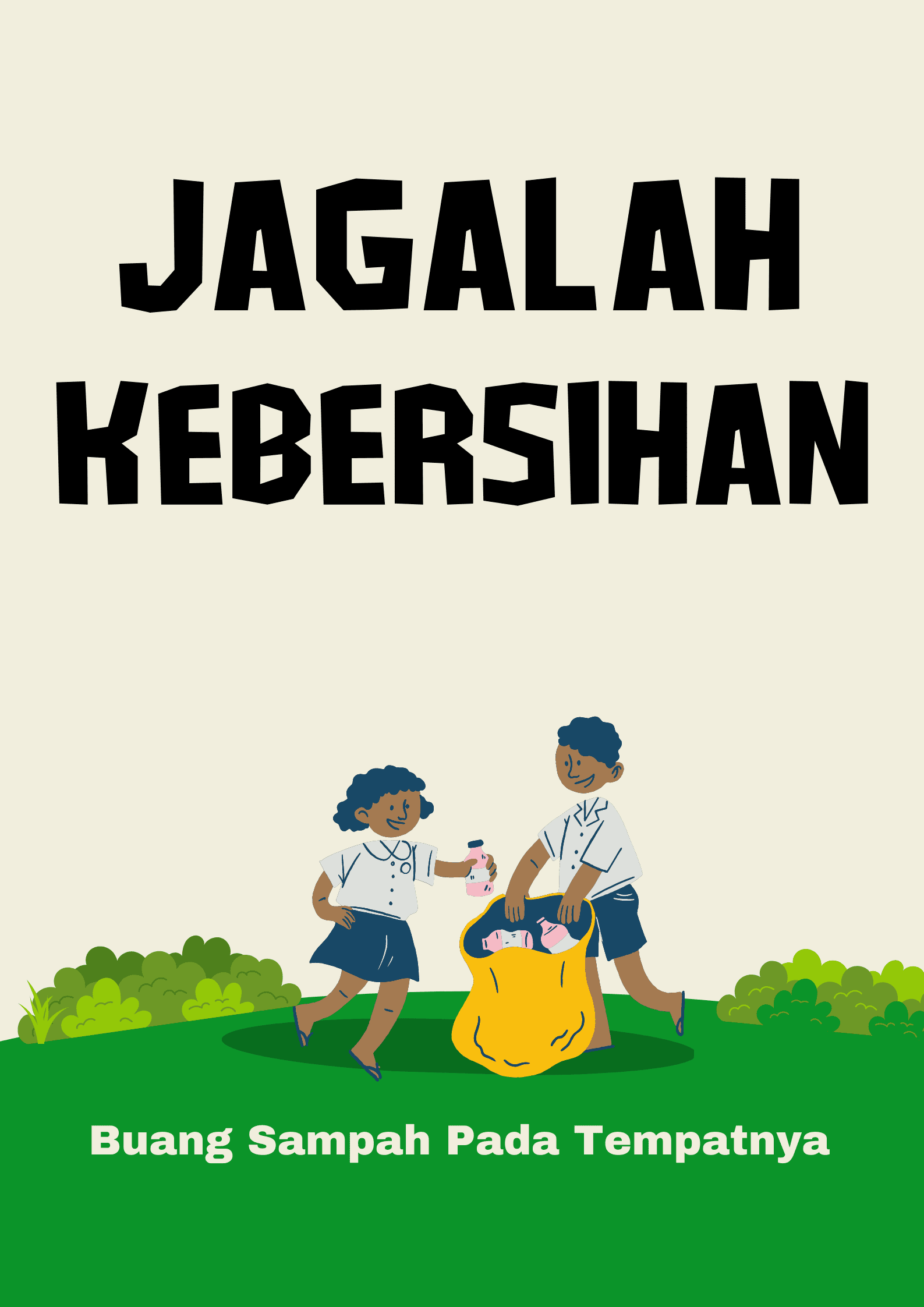Indonesia, the world’s fourth most populous country, has a diverse and complex education system shaped by its geography, culture, and socio-economic background. With over 270 million people spread across more than 17,000 islands, the Indonesian government faces unique challenges in providing equal access to quality education.
Structure of Schooling
The education system in Indonesia follows a 6-3-3-4 structure:
- 6 years of primary school (SD – Sekolah Dasar)
- 3 years of junior secondary school (SMP – Sekolah Menengah Pertama)
- 3 years of senior secondary school (SMA/SMK – Sekolah Menengah Atas/Kejuruan)
- 4 years of higher education (university or college)
Schooling is compulsory for nine years, covering primary and junior secondary levels. After junior high, students may choose between academic high schools (SMA) or vocational schools (SMK), depending on their interests and career goals.
Curriculum and Language
The national curriculum is regulated by the Ministry of Education and Culture and focuses on subjects such as mathematics, science, Indonesian language, civics, religion, and physical education. English is taught as a foreign language starting in elementary or junior high school, depending on the region.
Local languages and cultures also influence learning in many areas, particularly in rural and remote schools, creating a blend of national standards with regional identity.
Challenges in the System
Despite significant progress, Indonesia’s education sector still faces various issues:
- Access inequality: Rural and remote areas often struggle with limited school facilities, underqualified teachers, and inadequate resources.
- Quality disparities: There is a wide gap in educational quality between urban and rural schools.
- Teacher training: Professional development and teaching standards vary widely.
- Infrastructure: Some schools still lack proper buildings, clean water, and electricity.
Recent Developments and Reforms
In recent years, the government has focused on improving education through digital learning platforms, teacher certification programs, and curriculum updates to include 21st-century skills. Initiatives like the “Merdeka Belajar” (Freedom to Learn) campaign aim to give schools more autonomy and encourage creativity and critical thinking among students.
Conclusion
Education in Indonesia is a dynamic field with great potential. While the road ahead is filled with challenges, continuous reforms and community involvement offer hope for a more equitable and quality education system for all Indonesian children.







